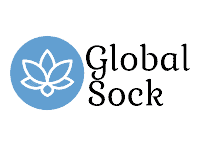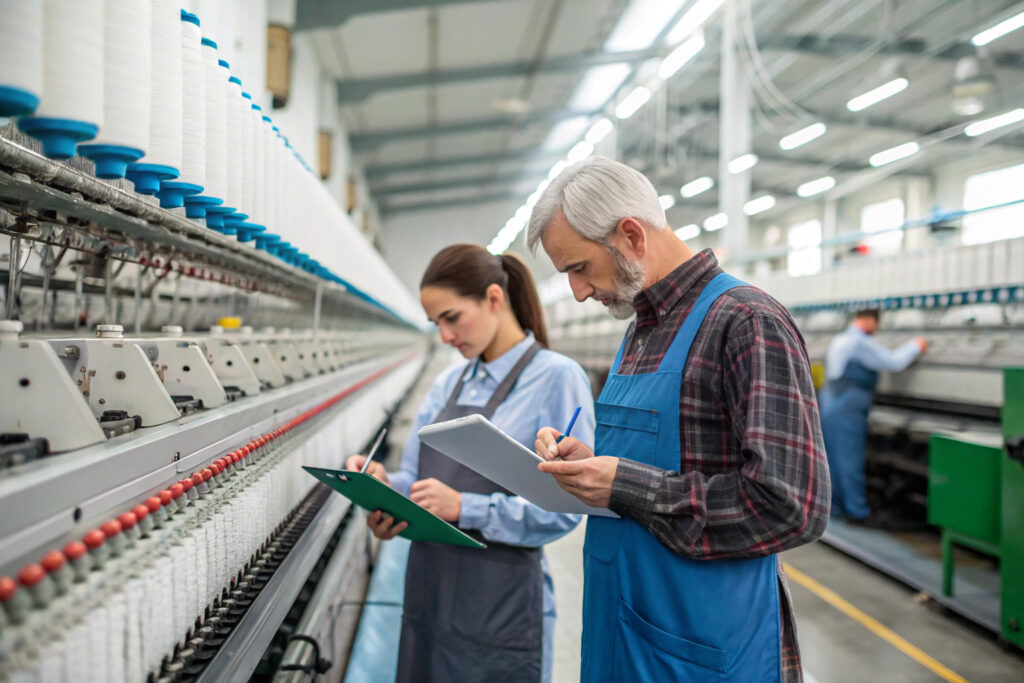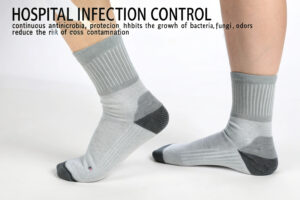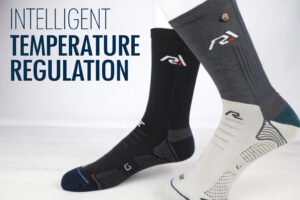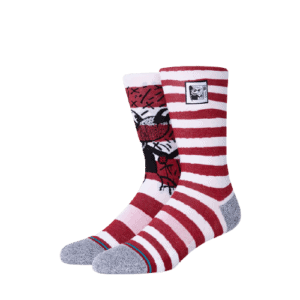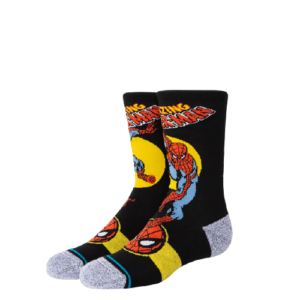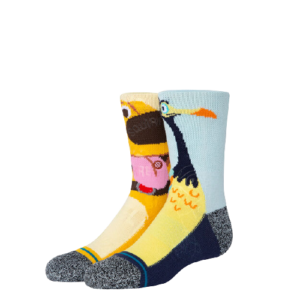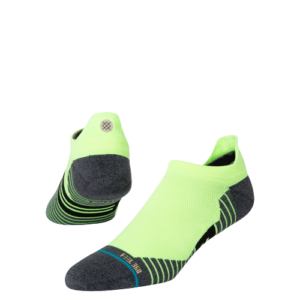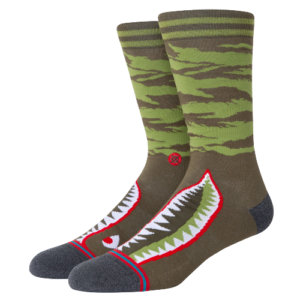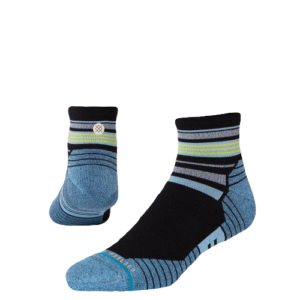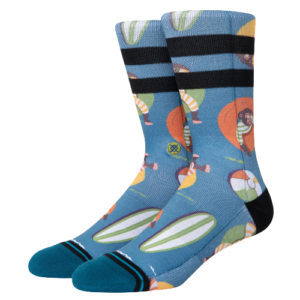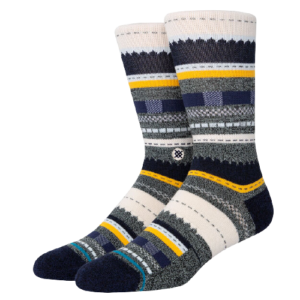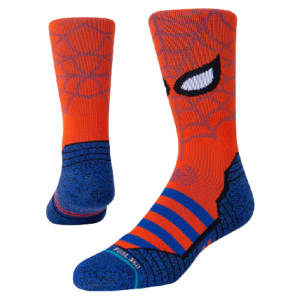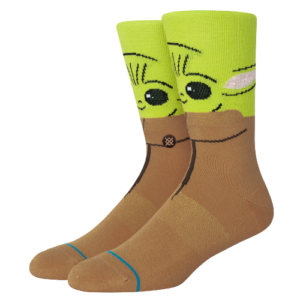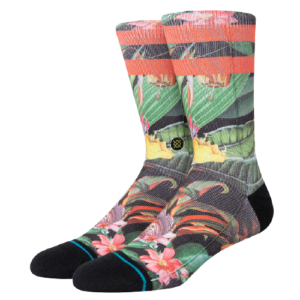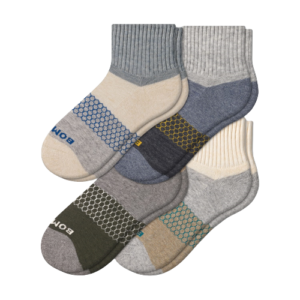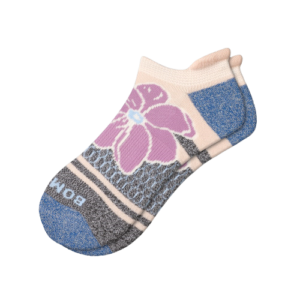Auditing a sock factory before placing bulk orders isn’t just about avoiding poor-quality products—it’s about securing supply chain trust. As an importer, especially from markets like the U.S. or EU, your brand’s reputation relies on factory compliance, capacity, and quality control.
A well-structured sock factory audit helps importers ensure production reliability, ethical compliance, and long-term sourcing value.
At GlobalSock, we often help overseas buyers like Ron navigate factory evaluations with clarity. Whether you're sourcing for retail, wholesale, or direct-to-consumer channels, asking the right questions will make or break your audit success.
Is the Factory Legally Registered and Certified?
Before you even walk the production floor, you must validate whether the factory operates legally and maintains essential industry certifications.
Check licenses, audit reports, and third-party compliance to ensure the factory can legally and ethically serve international buyers.
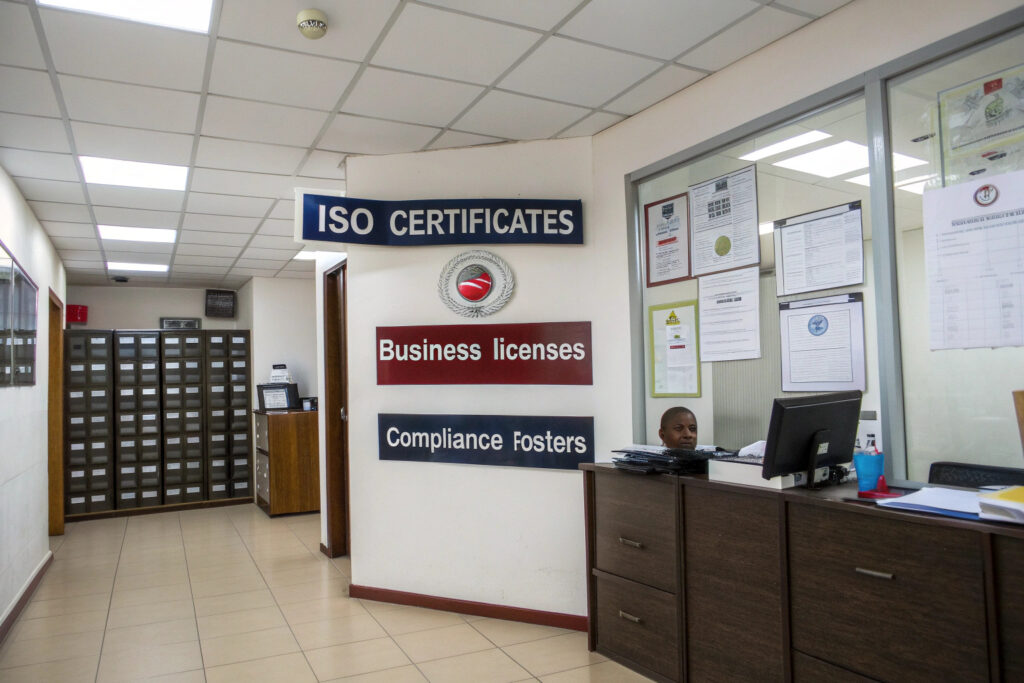
Do They Hold Relevant Business and Export Licenses?
Always ask for:
- Business registration certificate
- Export license (particularly for customs clearance in China)
- Tax registration
Without these, your shipment risks getting stuck at export ports or failing foreign customs checks.
Essential links:
What Third-Party Certifications Do They Hold?
Look for:
- BSCI or SEDEX for social compliance
- ISO 9001 for quality management
- OEKO-TEX® or GOTS for material safety and sustainability
We often provide these reports via digital traceability systems—making audit prep easier for our import clients.
What’s the Factory’s Actual Production Capacity?
Importers frequently overestimate what a small workshop can produce. Always match their claimed monthly capacity with machine count and shift logs.
Assessing machinery scale, worker headcount, and daily output logs ensures your order won’t face hidden delays.
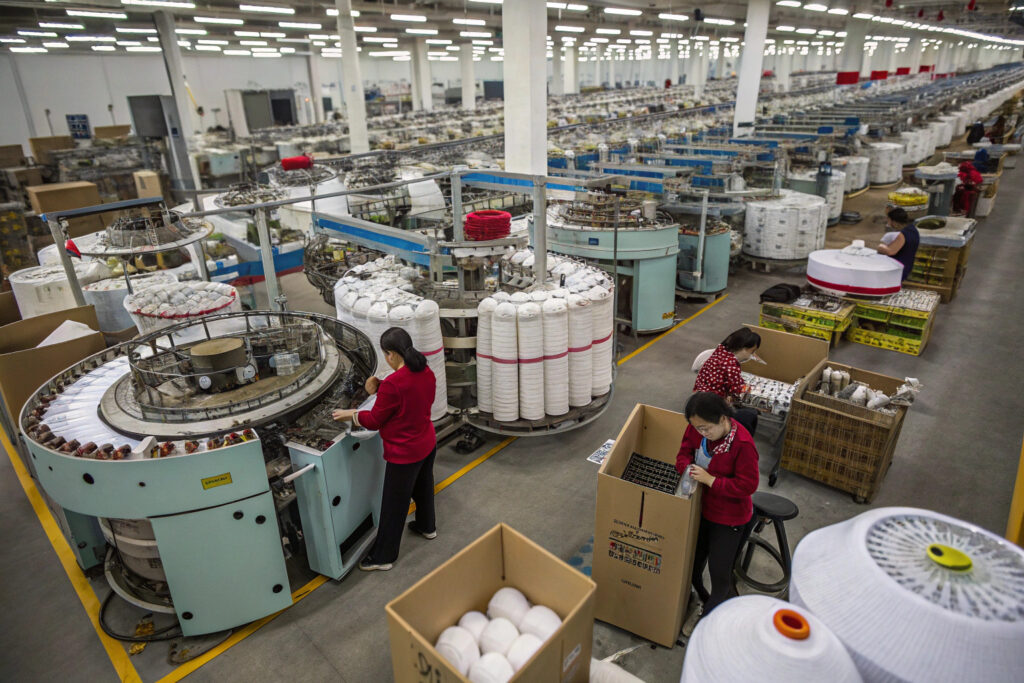
How Many Machines and Workers Do They Operate?
Ask:
- Total number of sock knitting machines (type, needle count)
- Operating shifts (single or double)
- Number of full-time workers in key departments (knitting, toe-linking, inspection, packaging)
For example, a factory with 60 machines typically outputs 200,000–300,000 pairs per month, depending on sock style and gauge.
Resource for benchmarking:
Can They Scale for Peak Season Demand?
Peak seasons like Back-to-School or Q4 Holiday require surge capacity. We recommend you request:
- Past 3-month production reports
- Forecasted machine usage
- Available subcontracting plans (if any)
We’ve helped many U.S. buyers avoid stockouts by building in flexibility with factories that provide modular capacity ramp-up plans.
How Is Their Quality Control System Structured?
You can’t ship defective socks halfway around the world. The QC system in place directly affects return rates and customer satisfaction.
A layered quality inspection process—raw materials to final pack—is essential for consistent product quality.
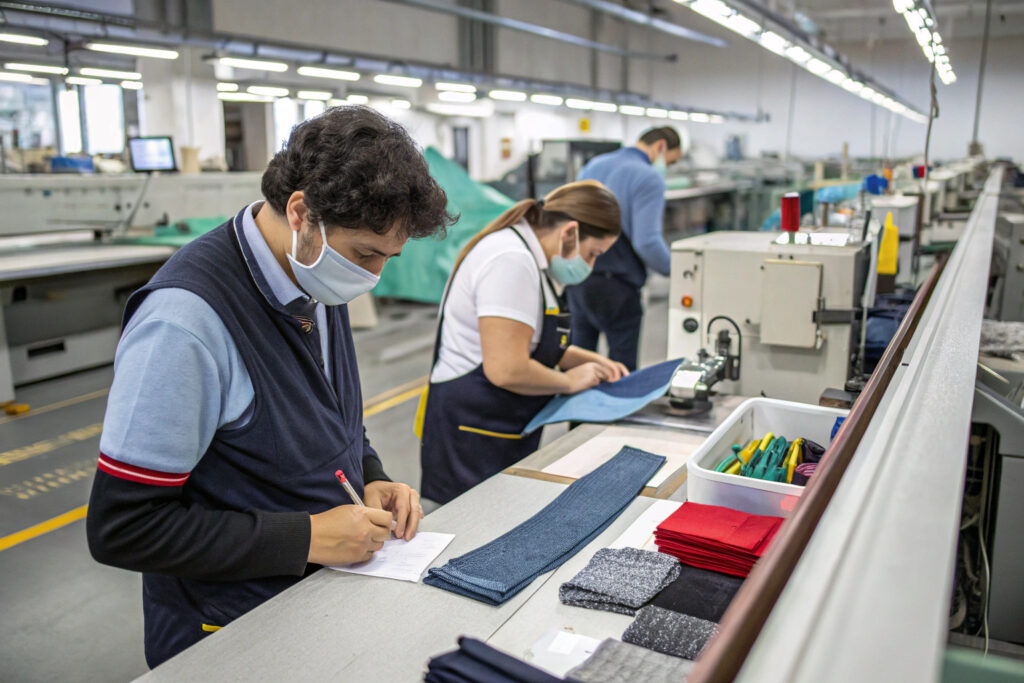
What Are Their Key QC Checkpoints?
At GlobalSock, our 6-step QC model includes:
- Yarn/fiber inspection
- Grey sock inspection (before dyeing)
- Post-dye colorfastness test
- Needlework + toe seam check
- Final measurement & softness test
- Carton drop and seal testing
Factories should show QC logs, defect tracking rates, and rework procedures.
Helpful reference:
Do They Have a CNAS or ISO-Certified Lab?
For high-value socks, on-site lab facilities matter. We run:
- Tensile strength tests on nylon-spandex socks
- Shrinkage testing for cotton
- Color bleeding checks for dyed yarns
Ask to visit the lab during your audit. If outsourced, request recent test reports.
Are Their Social and Environmental Practices Transparent?
Today’s buyers care not just about price, but values. Your brand could be held liable for unethical sourcing or greenwashing.
Factories with transparent labor policies, eco-certifications, and clean audits minimize legal and brand reputation risks.
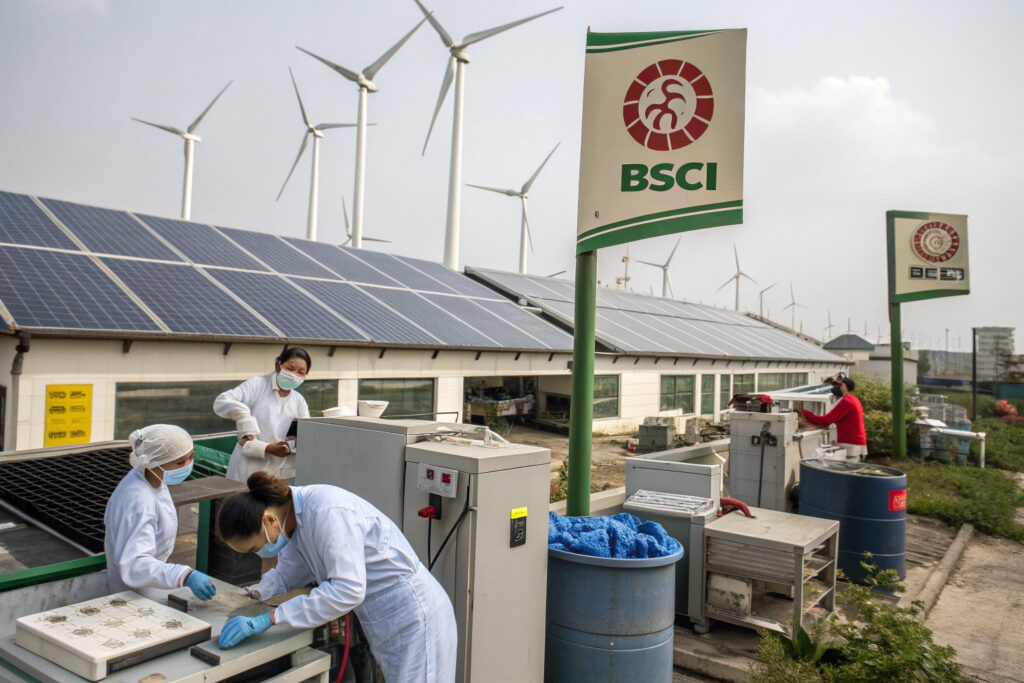
Do They Follow Ethical Labor Practices?
Check for:
- Minimum wage compliance
- No underage or forced labor
- PPE usage
- Dormitory and sanitation conditions
Ask to review:
- BSCI/SEDEX audit reports
- Employee interviews during walkthrough
Explore:
What Environmental Standards Do They Meet?
Modern sock factories are shifting to:
- Solar-powered knitting floors
- Water recycling in dyehouses
- Recycled yarn usage (GRS-certified)
We’ve invested over ¥550M into eco-facilities that align with UN SDGs, and clients use these credentials in their retail sustainability campaigns.
Conclusion
Auditing a sock factory the right way gives you more than just production assurance—it builds long-term sourcing partnerships. By asking these 10 critical questions about licensing, capacity, quality, and ethics, importers like you gain clarity, leverage, and risk reduction. At GlobalSock, we welcome factory visits and offer virtual audits to help global buyers make confident, informed decisions.
